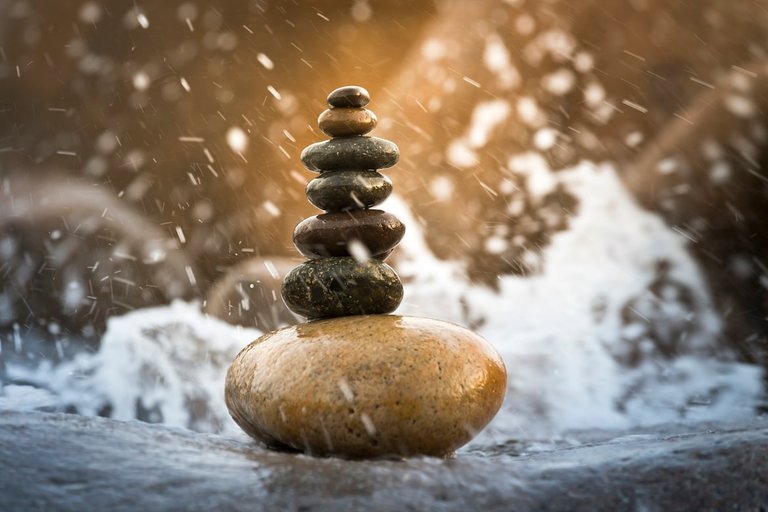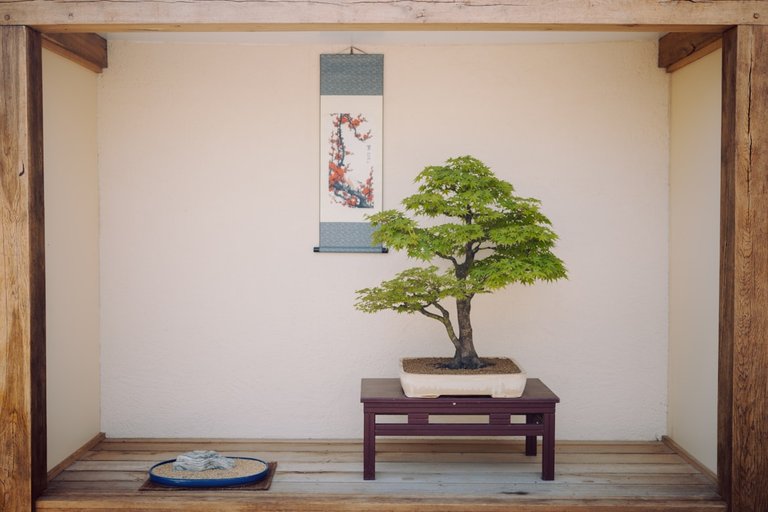Understanding Wabi-Sabi: Beauty in Imperfection
Recently, I came across the Japanese concept of Wabi-Sabi, and I’ve been quietly fascinated by its depth and simplicity. At first, it felt hard to define, but the more I read about it, the more I saw how it applies to life, art, and even the way we view ourselves.
Wabi-Sabi is a traditional Japanese philosophy that appreciates the beauty found in imperfection, impermanence, and incompleteness. It’s not loud or showy, in fact, it leans toward simplicity, quietness, and a deep sense of harmony with nature. It’s the crack in an old ceramic bowl, the fading color of an old wall, or the uneven surface of handmade pottery. These aren’t seen as flaw, they’re the very reasons the object is beautiful.
The term itself is a combination of two words: Wabi, which originally referred to the loneliness of living in nature, away from society, but later came to mean a simple, humble approach to life. Sabi refers to the beauty that comes with age, the wear and tear that time leaves behind, and how that tells a story.
One thing I realized while reading about Wabi-Sabi is how different it is from the modern obsession with perfection. These days, everything is filtered, retouched, or polished. We tend to hide our flaws and push for symmetry, speed, and mass production. But Wabi-Sabi reminds us that there’s deep value in slowing down, embracing natural cycles, and finding beauty in what is real, even when it’s broken or old.
I found this especially meaningful because life itself isn’t perfect. We all have struggles, mistakes, and experiences that leave a mark on us. And instead of trying to erase those marks, Wabi-Sabi encourages us to see them as part of our journey. They make us who we are.
Even in creativity, I’ve started to notice how powerful this idea is. Whether it’s photography, writing, or anything handmade, the little imperfections and spontaneous moments are often what give it soul. There's something more honest and human in that.
What I take away from Wabi-Sabi is not just about objects or aesthetics, but a mindset. It’s about being okay with how things are, knowing that they won’t last forever, but also knowing that their fleeting nature is what gives them value. It’s about loving things not because they’re flawless, but because they’ve endured.
In a world that constantly pushes for more, faster, and perfect, Wabi-Sabi is a quiet reminder that less can be more, and that imperfection isn’t the opposite of beauty, it is beauty.
This philosophy has really helped me reflect on how I live, how I create, and how I see others. I’m learning to be a bit gentler with myself and to value the things around me for what they are, not what they’re “supposed” to be. Maybe that’s what Wabi-Sabi is really about: finding peace, beauty, and meaning in the real, imperfect, ever-changing nature of life.

Thanks for reading through.





Congratulations @eliza01! You have completed the following achievement on the Hive blockchain And have been rewarded with New badge(s)
Your next target is to reach 20 posts.
You can view your badges on your board and compare yourself to others in the Ranking
If you no longer want to receive notifications, reply to this comment with the word
STOPOh wow. It’s the first time I’m hearing something like this and truly, it’s beautiful. Finding beauty in imperfection is definitely such a beautiful philosophy to live by.
Sure, imperfection can be a beautiful thing it depends on how you look at it